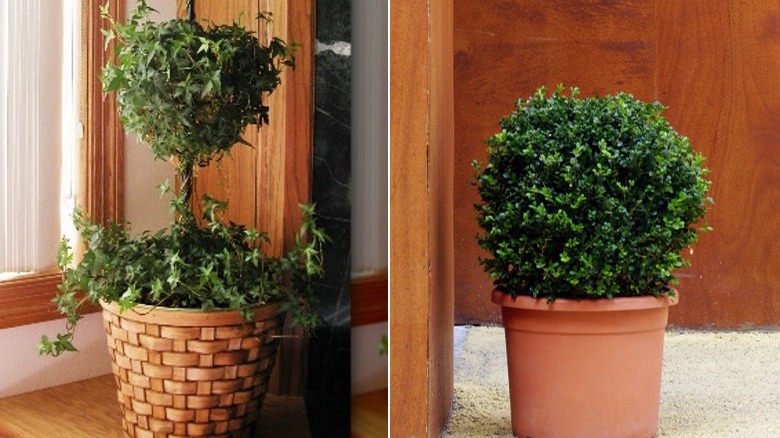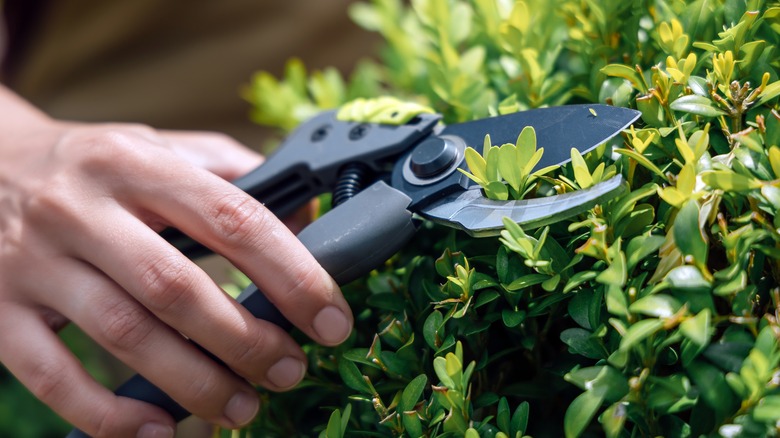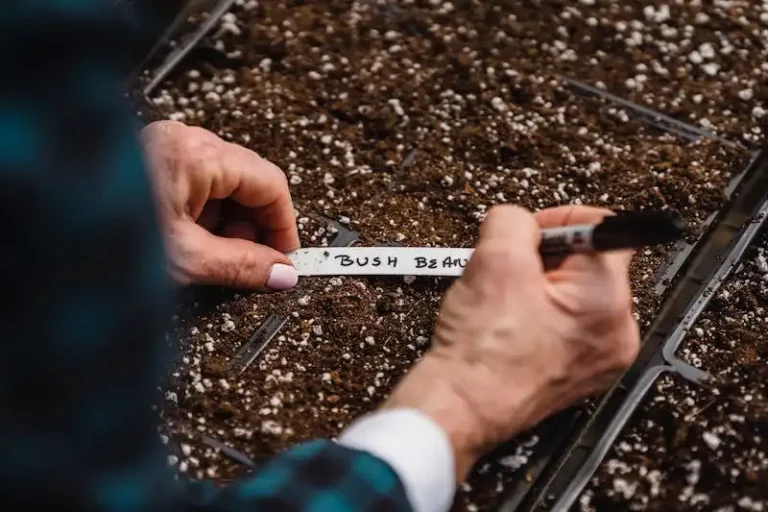While topiary plants are typically grown outdoors, they can also be grown indoors and elevate your living space. Like any houseplant, topiaries just need the proper care to thrive, i.e., enough sunlight, water, and food. Often an aspect of more formal gardens, topiaries typically take on the form of animals or geometric forms. For indoor topiaries, shapes like spheres or hearts are commonly found, and as with any topiary plant, keeping an indoor topiary the shape you want will require routine care — specifically, trimming.
Different types of topiary include pruned, hollow, and stuffed, and each topiary is grown diversely. For example, pruned topiary use rosemary or lavender plants that can be shaped into spirals, cones, or spheres but require more maintenance and care. On the other hand, hollow topiary consists of using houseplants like creeping fig and English ivy that wrap around the shaped wire as it grows. You can decide ahead of time how you want your topiary to look by creating a figure with the wire. You can also, of course, buy a topiary plant that’s already in the shape you want and simply provide it with the care it needs once home.
Shower your topiaries in sunlight

In general, topiary plants thrive in natural sunlight, so window placement indoors is ideal. Place your topiary where it can receive the most sun on gloomier days and also make sure you regularly rotate your plant to ensure all its sides receive enough (and even) sunlight. This said, depending on the type of topiary you grow or purchase will determine how much sunlight it ultimately will need. Most topiaries do love full sun, but a few prefer it only for a few hours. For example, creeping fig topiaries enjoy moist and warm environments without direct sunlight, whereas rosemary topiaries will soak in the sun.
While providing sunlight is vital to proper topiary plant care, so is water. You should be watering your topiary when you notice the top of the plant’s soil beginning to dry out. On a watering day, submerge the plant’s pot in water, let it drain, and then put it back in its sunny spot. You don’t want to let the plant sit in the water for hours, or its roots will rot. Creeping fig plants are prone to rooting rot, so it’s best to be careful when watering them.
Fertilize and prune your topiary

Part of caring for an indoor topiary plant is providing it with enough food, and at the right times. In general, you’ll want to fertilize your topiary plant once a month in the spring, summer, and fall if it’s actively growing. In the winter, topiaries tend to go dormant, and if this applies to your plant, that means you can skip its regular feeding as you never want to overfeed a topiary plant. As for the type of fertilizer, you’ll want to opt for one that’s water-soluble.
Of course, a key aspect of indoor topiary plant care that is different from other houseplants is that topiaries require more pruning in order to maintain their shape. For many, this is part of the enjoyment of having an indoor topiary, though. To trim your topiary plant, a regular pair of scissors will do, and placing your plant at eye level will make the task easier, as well as give you a better look at the plant from all angles. In addition to shaping the plant, also prune a quarter to three-quarters of any random branches you notice to allow new growth by the next trimming session. Try to prune where the leaf meets the stem to allow proper development.



